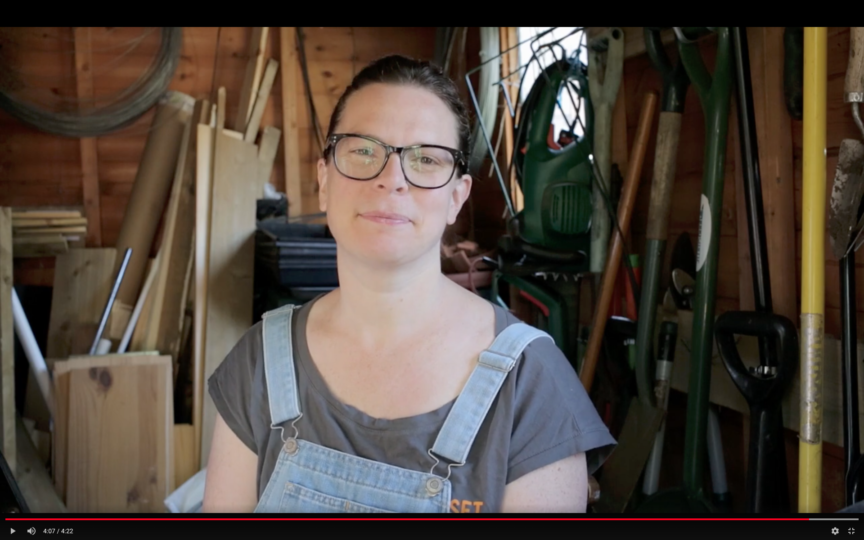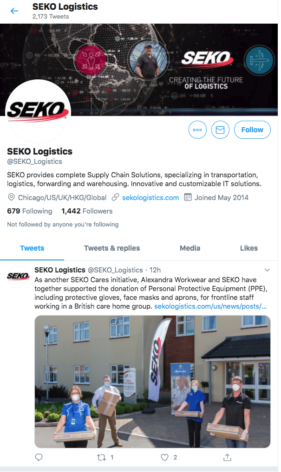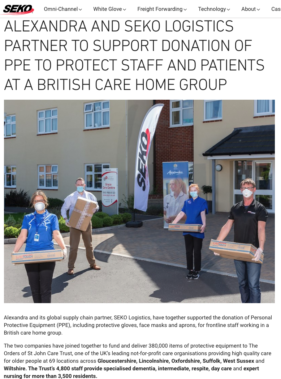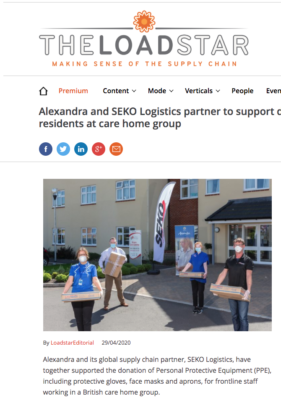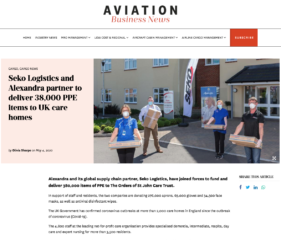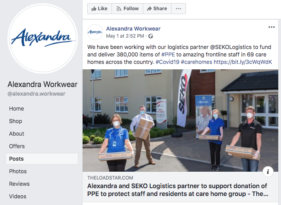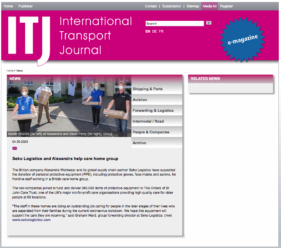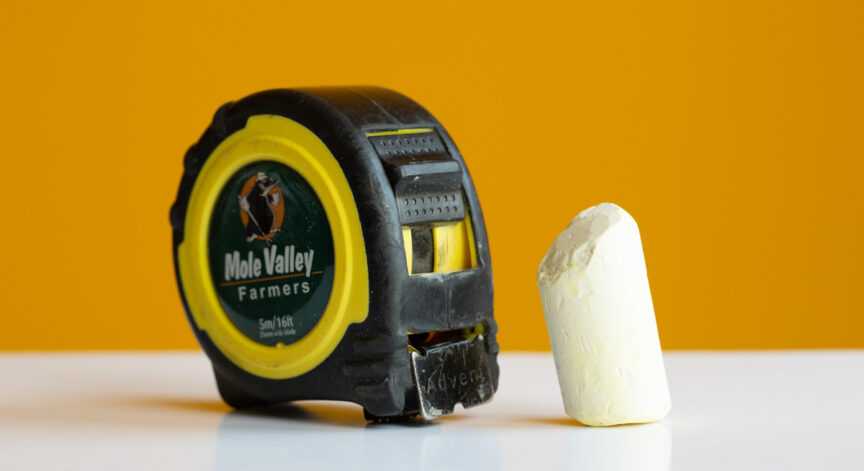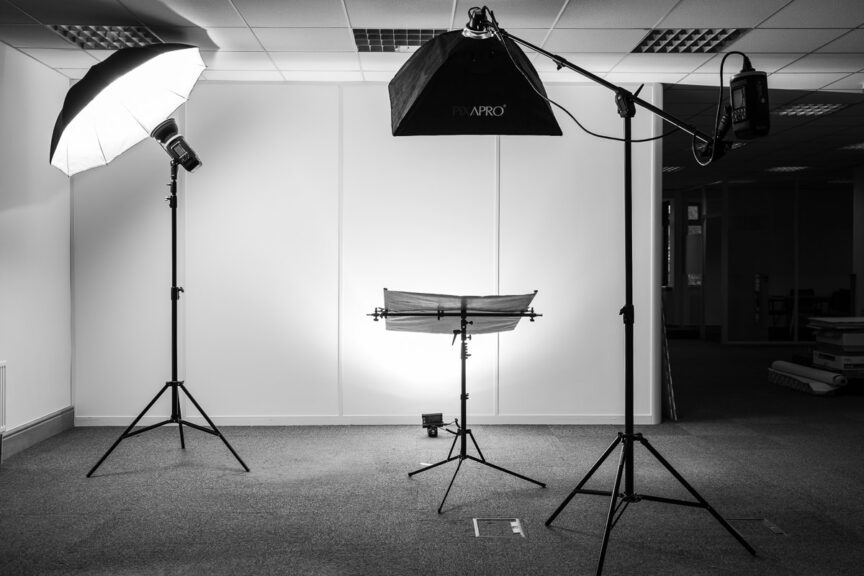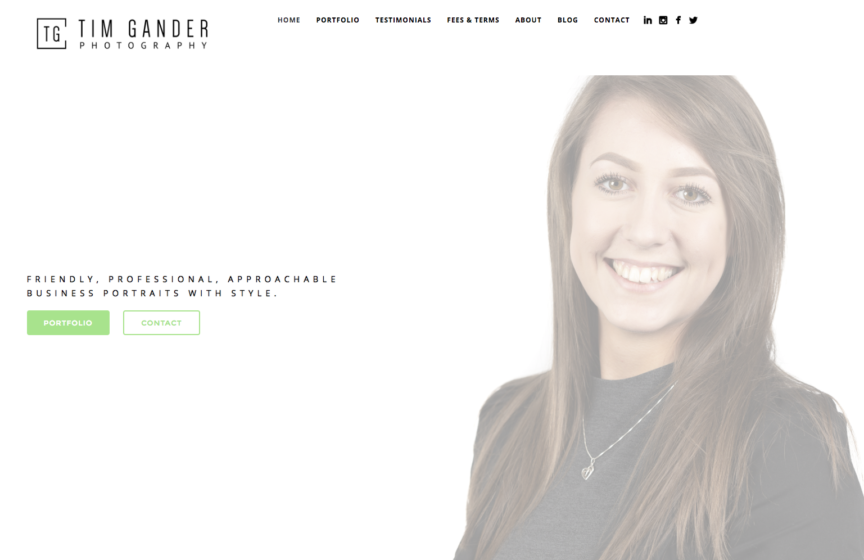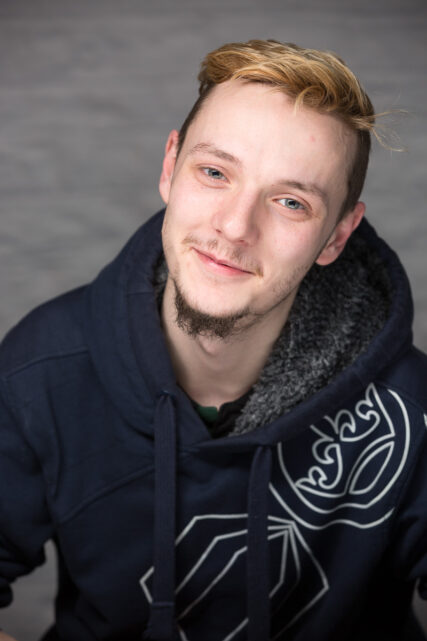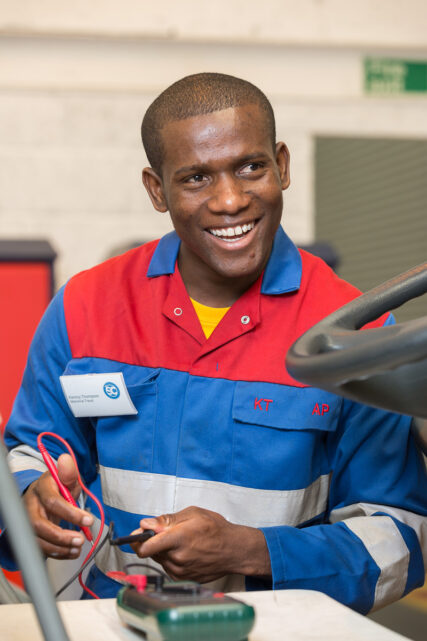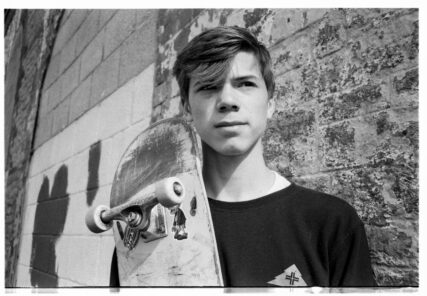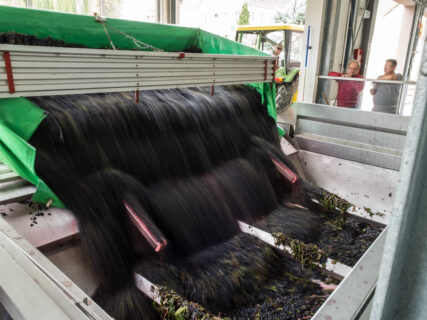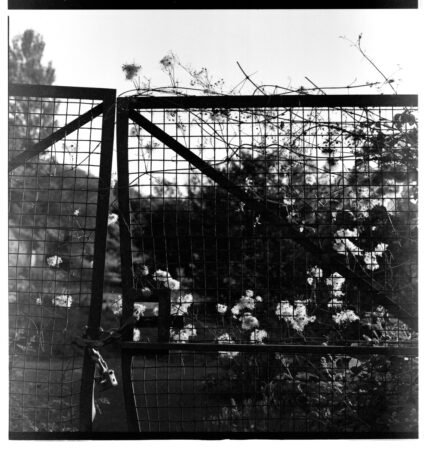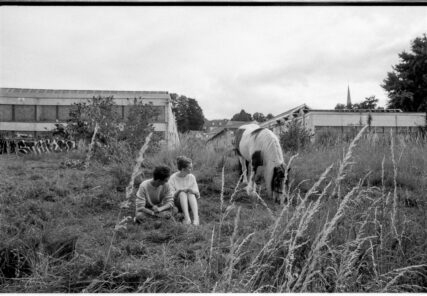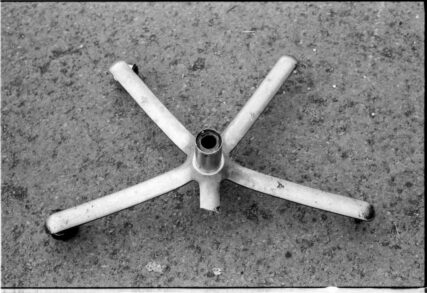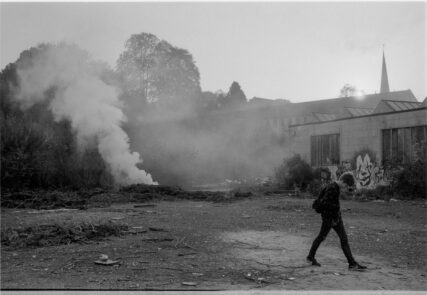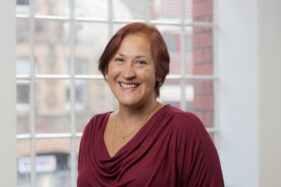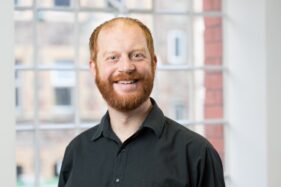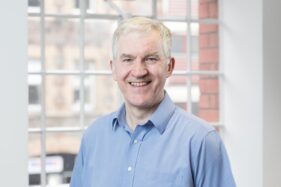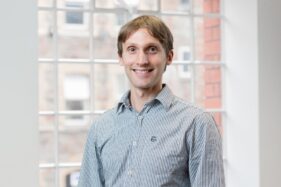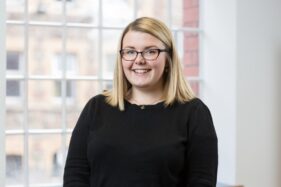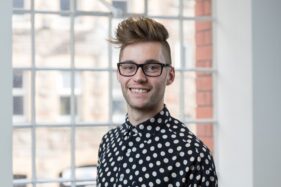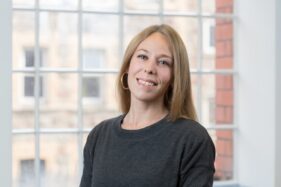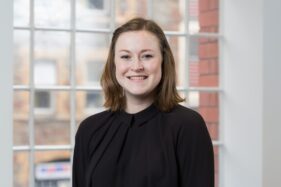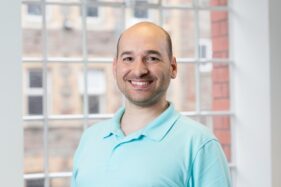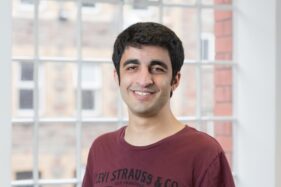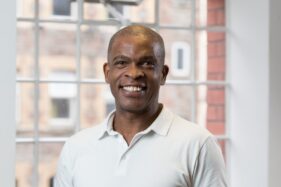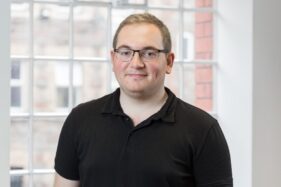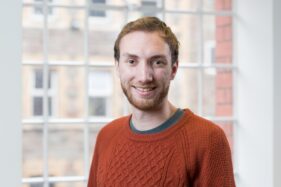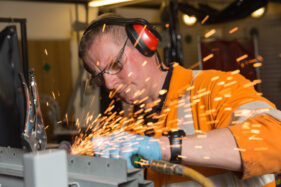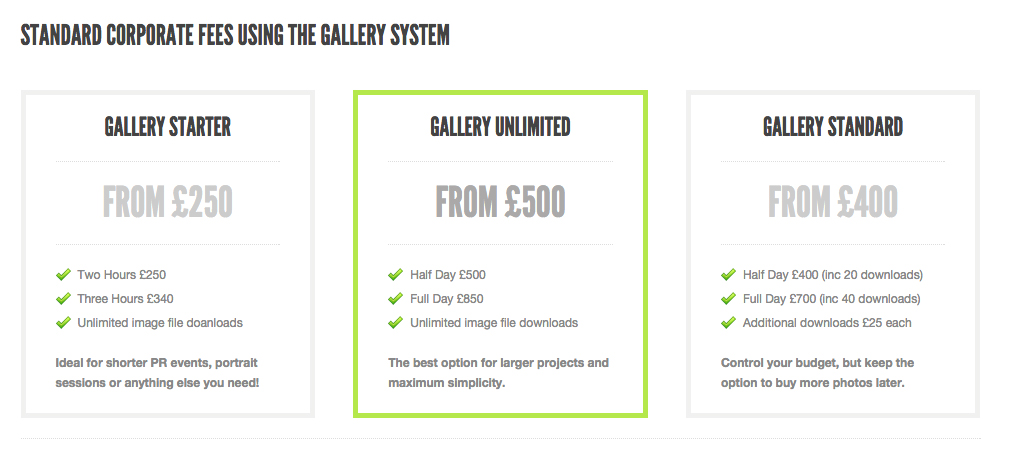There is a vague recollection in the furthest reaches of my mind of my dad making a joke about “moving pictures” while shaking a photo up and down in his hand. It involved the “b” word and was very funny. You had to be there.
Which brings me in the clunkiest way possible to the announcement that I have added moving pictures to my suite of client services. They’ll even have sound! And they’ll be in glorious colour (actually, black and white is also an option, but let’s not get ahead of ourselves).
Yes, lockdown has given me the opportunity to learn a huge amount about shooting video, recording sound and using editing software to bring it all together. I’m not going to pretend I’m the next Martin Scorsese, I still have much to learn, but I’ve used the time to get the basics nailed down.
My focus will be on corporate testimonials, talking heads and interview pieces, giving businesses the material they need to keep putting fresh material out on social media. I think video is well suited to this kind of use and will help my clients communicate more effectively than they might with just a text-based blog.
To give myself material with which to practice camera settings, focus, exposure, colour balance, sound recording, editing, and so on, I shot a short film at home using the best model I could find in my house (my wife). She did a fantastic job, and while the result is probably not what you would call corporate style, it demonstrates much of what I’ve learned in this exercise. You can see the film here.
The result is just over 4 minutes long and it’s entitled A SHEDx Talk with Dr Helen Roberts. I hope you get a few minutes to watch it, because the feedback I’ve had so far has been that it is calming, soothing and inspiring!

